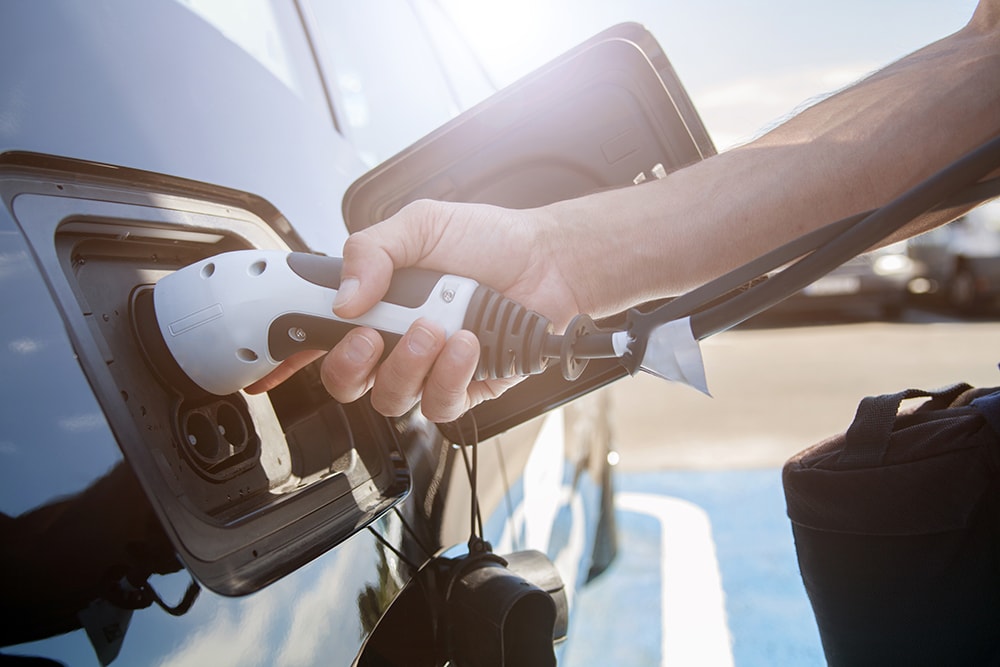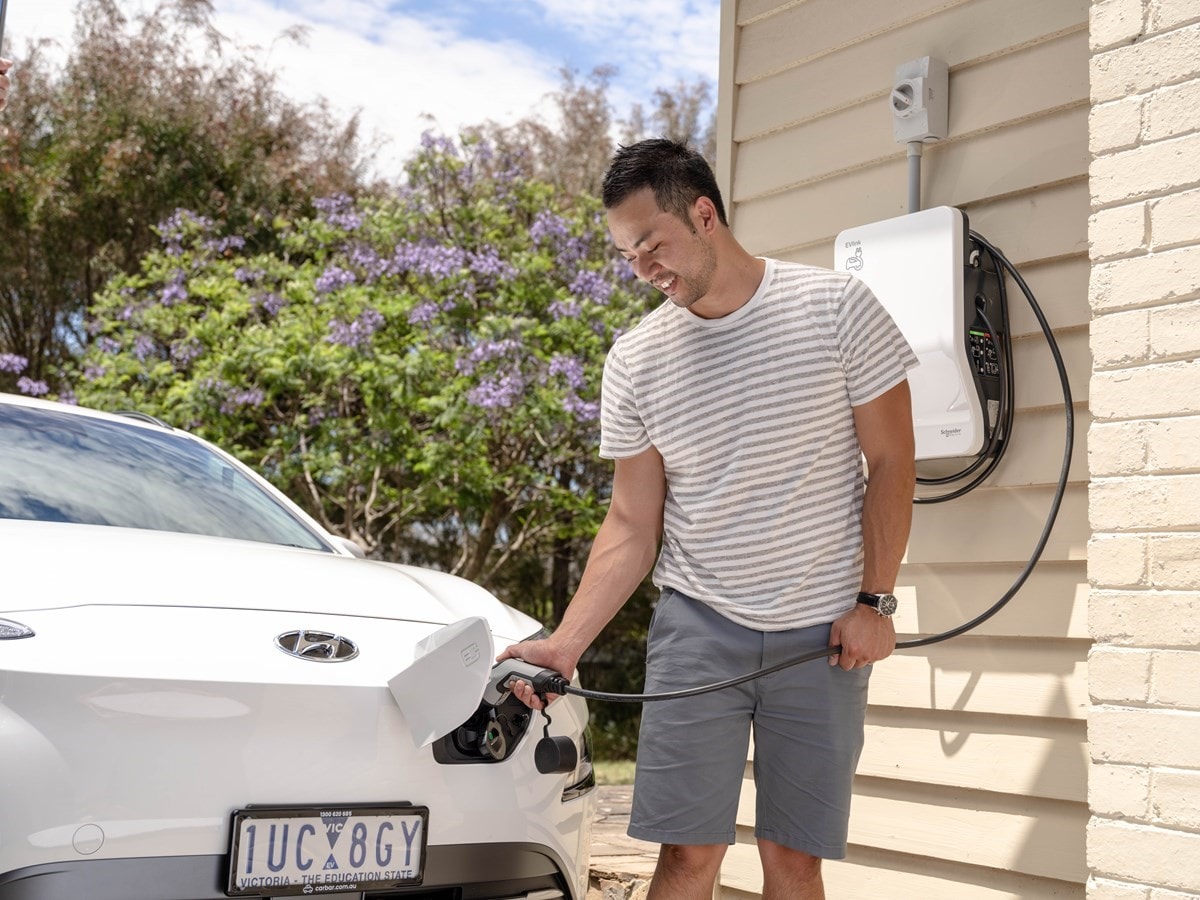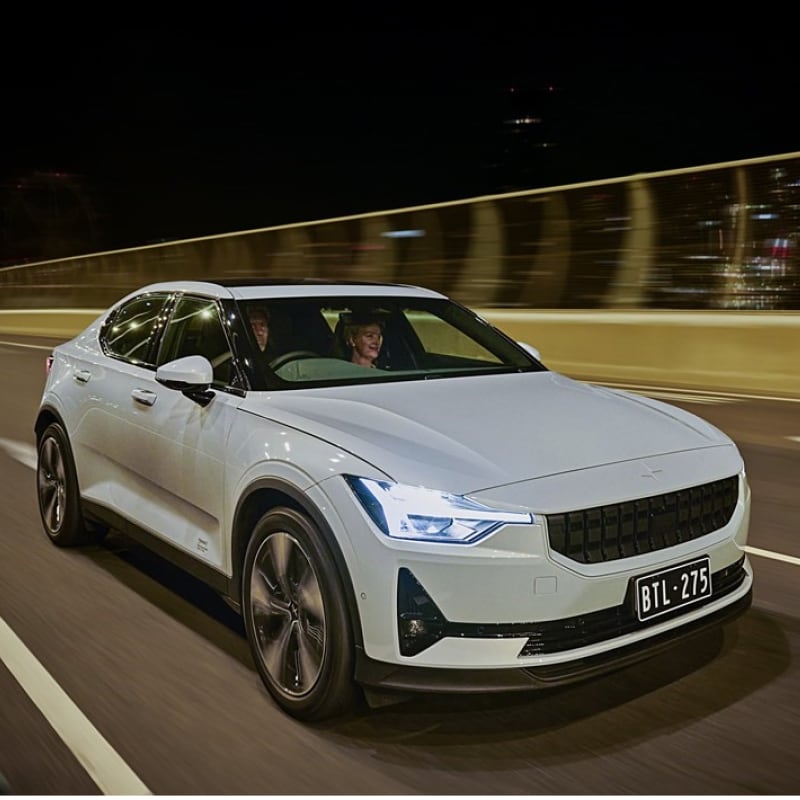Thanks to some government initiatives and consumer enthusiasm, driving an electric vehicle (EV) in Australia is now more accessible than ever. But switching from petrol to electric is still a big step for many Australian motorists who aren’t sure if it will work for them.
When it comes to choosing a car, it’s common to consider performance and safety but cost is also an important factor. As technology evolves and uptake continues to grow, the future of cars in Australia is looking more EV-focused than many expected.
Let’s take a closer look at the major differences, and possible savings by switching from a petrol to electric vehicle.



